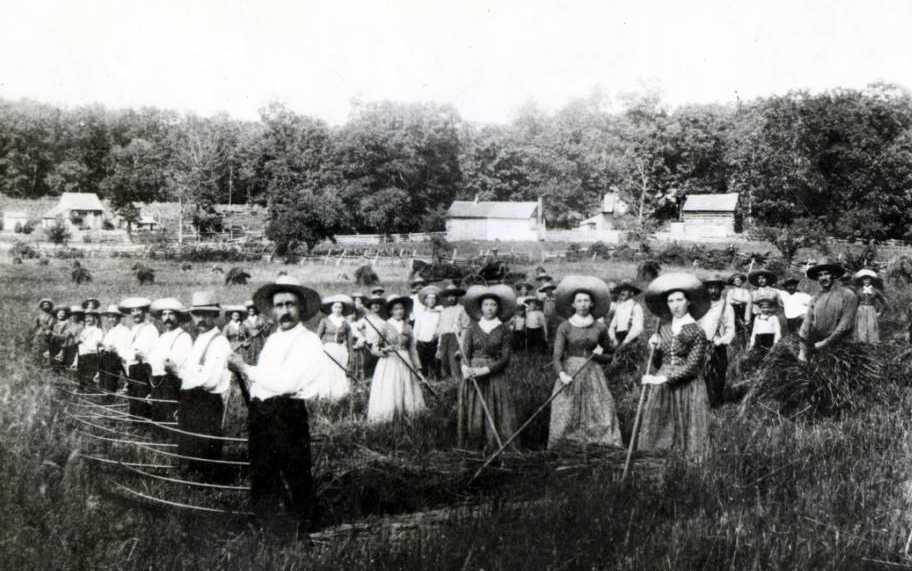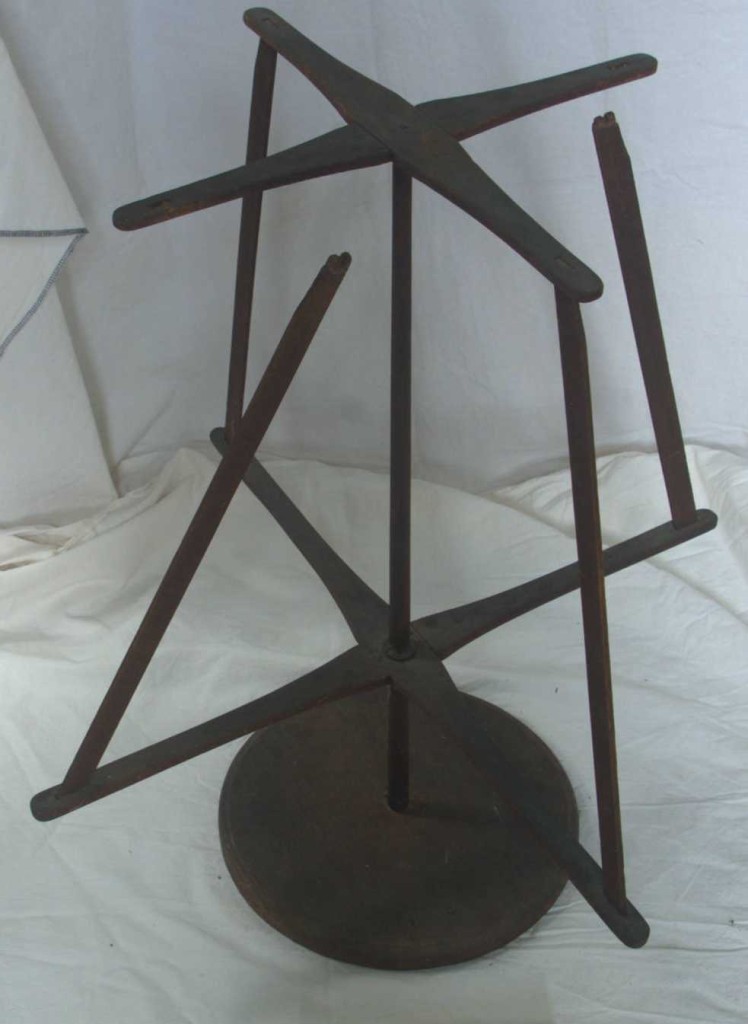What Is It? Zoar Edition!


The newest addition to our Ohio Memory quizzes is now available for you to test yourself, and this time the challenge focuses on the historic village of Zoar! Located in Tuscarawas County, Zoar is a small village settled in 1817 by a group of German separatists who left their native land to escape religious persecution. The separatists believed the church should embrace simplicity and eschew ceremony, emphasizing a direct relationship between believers and God. After arriving in America, the group was led by leader Joseph Baumeler (later Bimeler) to Ohio, where they purchased 5,500 acres along the Tuscarawas River.
The original settlers–approximately 200 in number–decided to name their settlement Zoar, after the biblical haven to which Lot fled in the Book of Genesis. Although they worked hard to cultivate the land in the first years of the village, yields weren’t sufficient to both pay off the debt owed on the land and feed the families of Zoar. So on April 19, 1819, the group formed the Society of Separatists of Zoar, wherein each person donated his or her property to the community as a whole, and in exchange for their work, was provided for by the Society. Men and women had equal rights in the eyes of the Society, and Zoarites followed the guidance of a democratically-elected board of trustees who were chosen each year.
Under the leadership of Bimeler, the commune flourished, and by the mid-1830s the village was essentially a self-sustaining economy. Beyond farming and livestock, the village’s local industries also included a sawmill, a flour mill, a planing mill, and a woolen mill, as well as brick and rope making, a tinshop and a foundry. Excess goods and crops were sold to neighboring villages to support the Society and its members.

Despite the success of the communal experiment, big changes were coming over the next several decades. Bimeler’s death in 1853, coupled with an evolving American economy and the increasing influence of the outside world on the younger generation of Zoarites, led to a gradual weakening of the Society. By 1898, the remaining members decided to dissolve the Society of Separatists of Zoar, and divide the group’s property among themselves. Throughout the twentieth and early twenty-first centuries, Zoar has continued to exist as a small town in rural eastern Ohio partially operated as an historic site by the Ohio Historical Society, where visitors can explored the restored homes and buildings inhabited by the settlers.
Ohio Memory has a wealth of material related to this unique historical community, including over 1,500 objects used by the village’s early residents in our Zoar Collection. Our newest Ohio Memory quiz lets you test your knowledge of the unusual and unfamiliar tools used by the village settlers–we invite you to see how many you can identify!
Thanks to Lily Birkhimer, Digital Projects Coordinator at the Ohio History Connection, for this week’s post!



Leave a Reply
You must be logged in to post a comment.